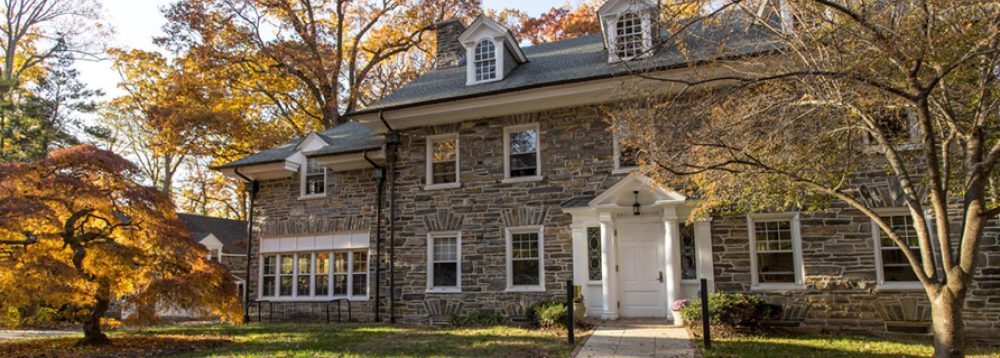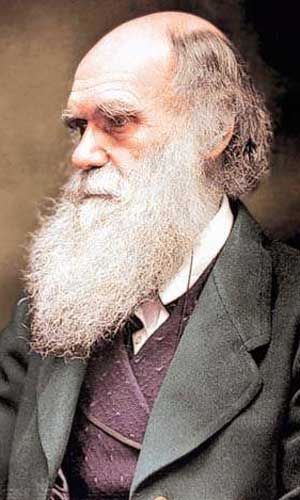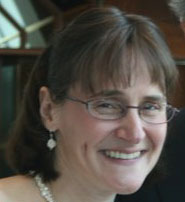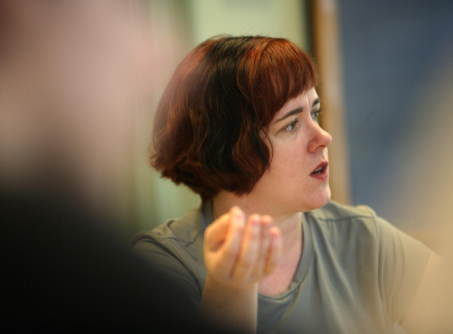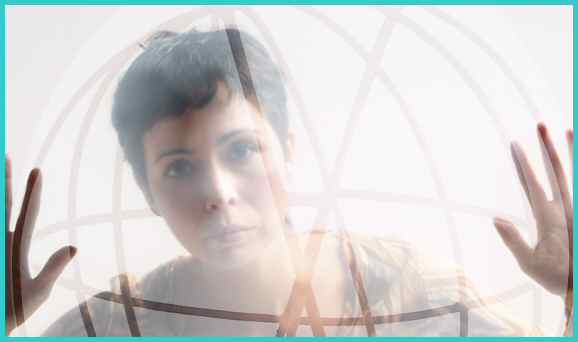Thrift stores are chic in this recession
By Rachel Park
Amid the plethora of flannel and faux fur coats, Emily McDowall found a black military jacket for $25.50. “It seems like a lot of money for this jacket,” she said, but upon further examination, she decided to buy it.
It was Saturday night, and McDowall, 20, was one of many young customers perusing through the second-hand clothing at Buffalo Exchange in Center City. Although many businesses are experiencing difficulty in the economic recession, thrift stores seem to be doing just fine.
In fact, Buffalo Exchange has witnessed a “bigger boom in sales,” said manager Matthew Williams, 25. Through this nation-wide company – 34 stores in 14 states, according to its Website – customers can exchange their clothing for credit. “A larger amount of people are shopping here in general, and a lot more people are trying to sell their clothing,” Williams said.
Valerie Lowry, sales associate at the store, said that she has noticed more college students in particular shopping at thrift stores. It could be because of the recession or the simple thrill of finding a bargain.
“This place is mostly for kids who can’t afford expensive clothes but want to look amazing,” said Lowry, 20.
The ‘cheap chic’ aesthetic
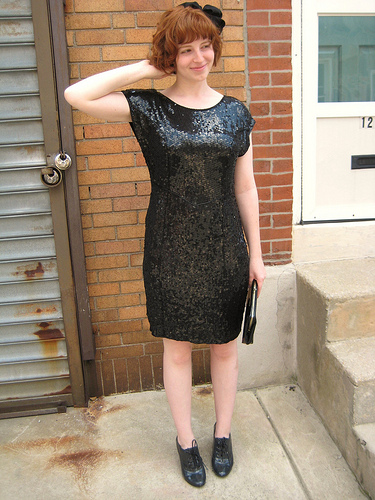
Bought at Buffalo Exchange
Mainstream fashion corporations have picked up on this aesthetic and have even spelled it out for consumers. For example, “Broke is the new black” was printed on an Urban Outfitters tank top. Black clothing has always been fashionable, as exhibited by the “little black dress” a.k.a. “LBD,” but one of the latest trends is distressed jeans.
“Broke is the new black” is a provocative phrase because it implies the irony of the recession: financial turmoil has provided creative fodder for fashion designers. In other words, looking “cheap chic” seems to be desirable. Continue reading
